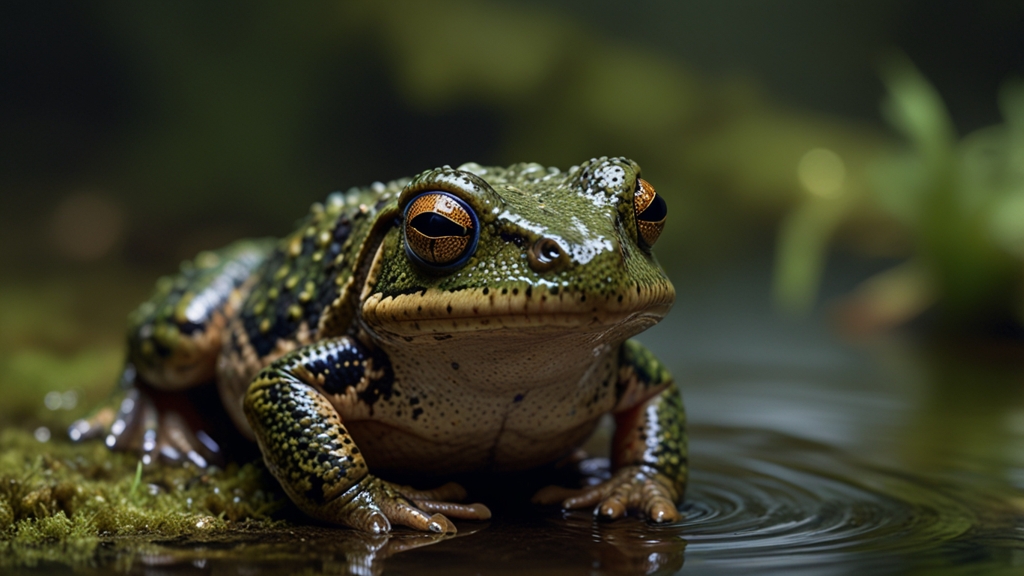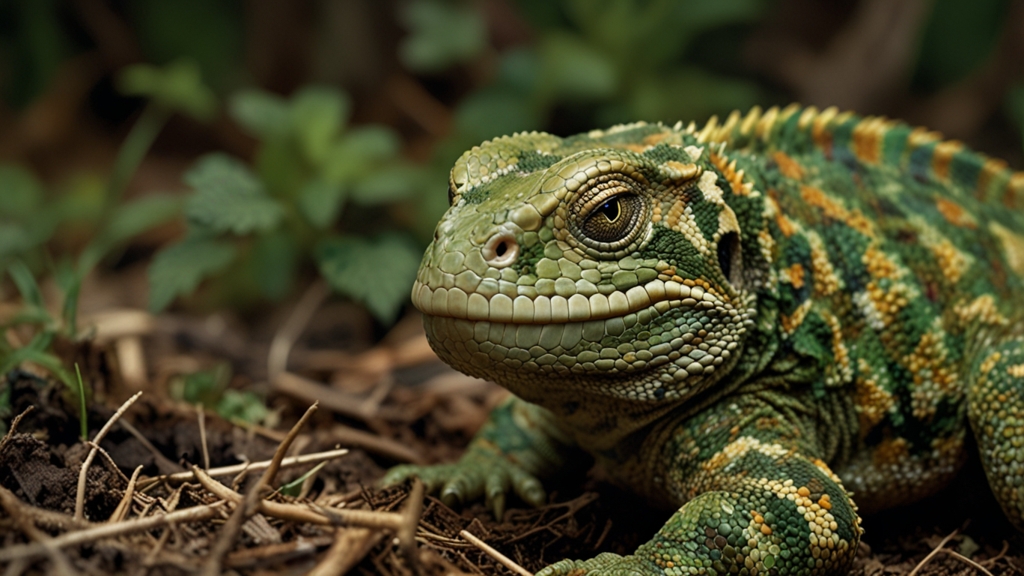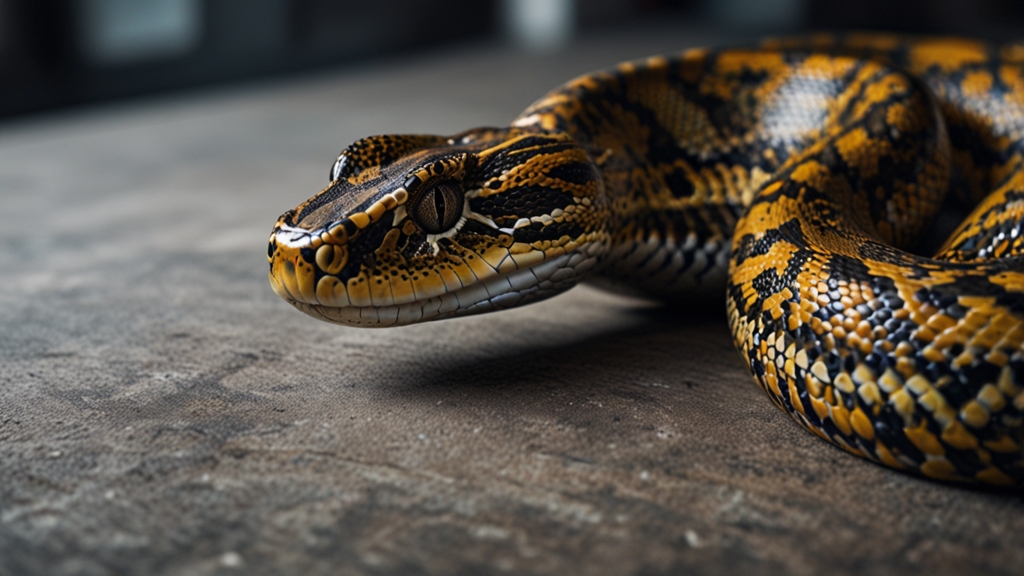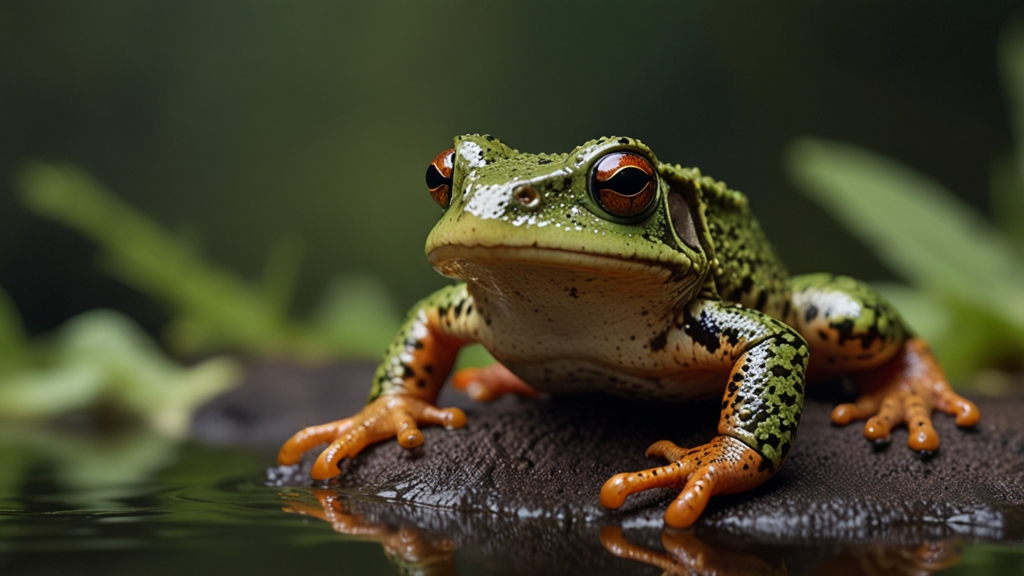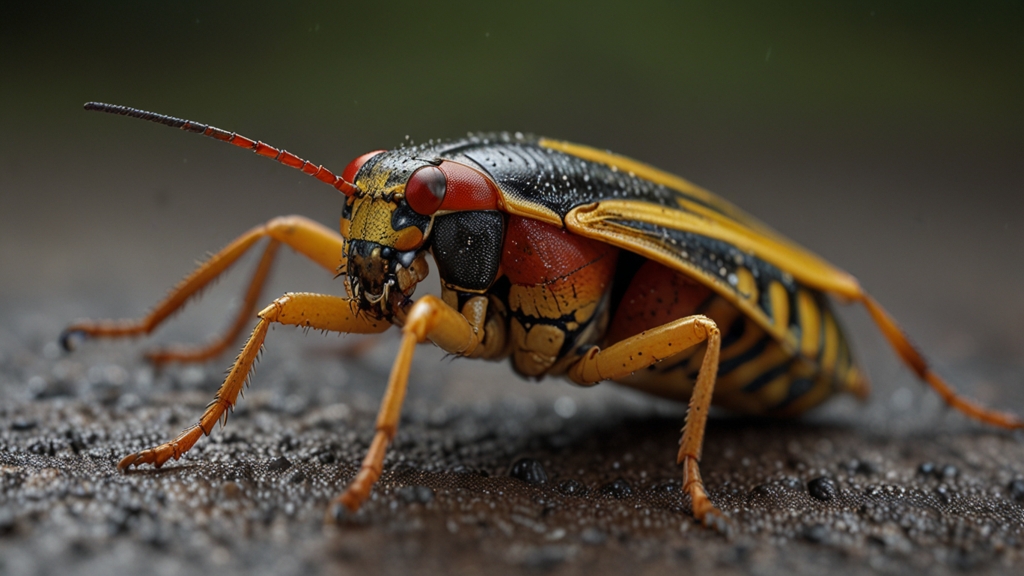The Amphibians You Didn't Know Were Endangered: A Wake-Up Call
Amphibians, a diverse group of cold-blooded animals that includes frogs, toads, newts, and salamanders, have been gracing our planet for over 370 million years. These creatures, often unnoticed and undervalued, play a crucial role in our ecosystems. Unfortunately, a significant number of amphibian species are teetering on the brink of extinction, and the gravity of the situation remains largely underreported. This article aims to shed light on some of these lesser-known endangered amphibians, raising awareness and urging collective action to preserve our natural world.
The Silent Crisis
The decline of amphibian populations is a global crisis. According to the International Union for Conservation of Nature (IUCN), around 40% of the world's amphibian species are currently facing extinction. Factors contributing to this downturn include habitat loss, climate change, pollution, disease, and invasive species. Despite their ecological importance, amphibians often receive minimal attention compared to larger, more charismatic animals such as tigers or elephants.
“The rapid decline in amphibian populations is alarming. These creatures are indicators of environmental health, and their loss signifies profound ecological imbalance.” - Dr. Karen Lips, Conservation Biologist
Examples of Endangered Amphibians
The Axolotl (Ambystoma mexicanum)
Native to the lake complex of Xochimilco near Mexico City, the axolotl is a captivating amphibian known for its extraordinary regenerative abilities. This species, often featured in scientific research due to its ability to regrow limbs, spinal cord, heart, and other organs, is critically endangered. Urbanization, water pollution, and the introduction of non-native species have dramatically reduced its natural habitat.
The Golden Toad (Incilius periglenes)
Once inhabiting the cloud forests of Costa Rica, the golden toad is a striking example of rapid amphibian decline. Despite intensive conservation efforts, the golden toad has not been seen since 1989. Scientists attribute its disappearance to a combination of climate change and the deadly chytrid fungus, which has decimated amphibian populations worldwide.
“Amphibians are not just a part of biodiversity; they are vital indicators of environmental changes. Their extinction would echo through the ecosystem, affecting countless other species, including humans.” - Dr. John Alroy, Ecologist
The Lesser-Known Victims
The Malagasy Rainbow Frog (Scaphiophryne gottlebei)
Endemic to Madagascar, the Malagasy rainbow frog is a vibrant, jewel-like species known for its distinctive coloration. This frog is currently endangered due to deforestation and habitat fragmentation. Conservationists are striving to protect its dwindling habitats by encouraging sustainable land-use practices.
The Honduran Brook Frog (Duellmanohyla salvavida)
Found in the cloud forests of Honduras, the Honduran brook frog is a lesser-known amphibian facing severe threats from habitat destruction, pollution, and climate change. This species' status as “critically endangered” highlights the need for comprehensive conservation strategies to safeguard its rapidly degrading environment.
Conservation Efforts and What You Can Do
Amphibian conservation is a multi-faceted endeavor involving habitat preservation, legal protection, captive breeding programs, and public education. Organizations such as Amphibian Ark and Save the Frogs! are at the forefront of these efforts, working tirelessly to rescue threatened species from the brink of extinction.
“Our actions today will determine the fate of amphibian species around the globe. Conservation is not just a field of study; it is a moral imperative.” - Dr. Kerry Kriger, Founder of Save the Frogs!
Individual actions also play a vital role in conservation. Simple steps such as reducing pesticide use, supporting sustainable products, and contributing to conservation organizations can collectively make a significant impact. Moreover, spreading awareness about the plight of amphibians can foster a culture of environmental stewardship, ensuring these remarkable creatures continue to thrive.
Conclusion
The decline of amphibians is a dire environmental warning that demands immediate attention. From the enchanting axolotl to the iridescent Malagasy rainbow frog, these species represent an irreplaceable part of our planet's biodiversity. By understanding the challenges they face and actively participating in conservation efforts, we can help preserve the delicate balance of our ecosystems for future generations to marvel at and enjoy.
